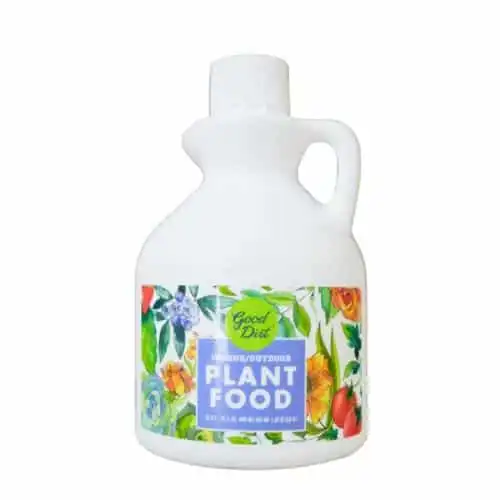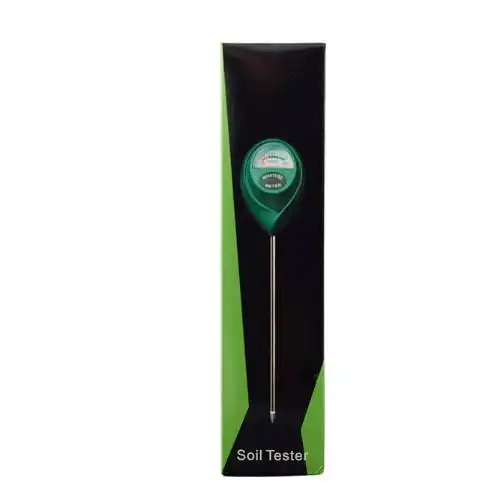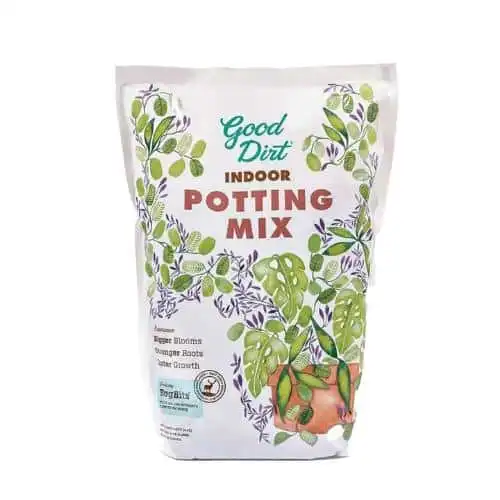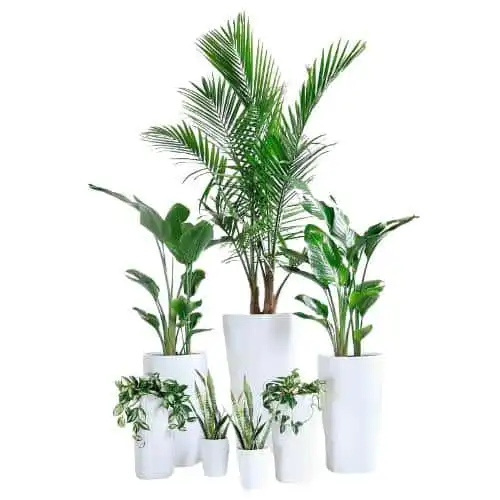In this video, I explain what can cause houseplant leaves to turn yellow, and how to recognize and identify the issue behind leave yellowing. This will help you to figure out why your plant is showing some signs of distress.

Here is some helpful information about why leaves are turning yellow or brown. This can happen for a few reasons.
1. Acclimation
Plants are living things, and all go through an acclimation period after being removed from the greenhouse, repotted, and delivered to their final destination. Some plants can be dramatic while adapting to the new home and environment.
Some plants are more sensitive to seasonal changes, and indoor temperature changes and can be very dramatic while adapting to a new environment.
Death of lower leaves, droopiness, yellowing, and browning of leaves can be expected.
More than likely, your new houseplant will bounce back in a few weeks and will start to look healthier once adjusted.
2. Watering issue

The most common reason for yellowing or browning of leaves is over or under-watering. It is vital to provide enough time for the soil to dry between waterings. If you have not watered your plant for a long time and the soil feels too dry, give your plant a good drink.
Make sure to test the soil at least once every two weeks to void under or overwatering.
Watch our short video here about how to water plants potted in Lechuza planters to understand the watering process better.
3. Natural process
Some older leaves might turn yellow and shed. Usually, it happens to the lower leaves.
4. Nutrient deficiency
If you have had your plant for more than one year and have not used any plant food, your plant might be struggling with a lack of nutrients. We offer amazing plant food full of nutrients and very gentle on the plant’s roots.
5. Lack of light or air circulation
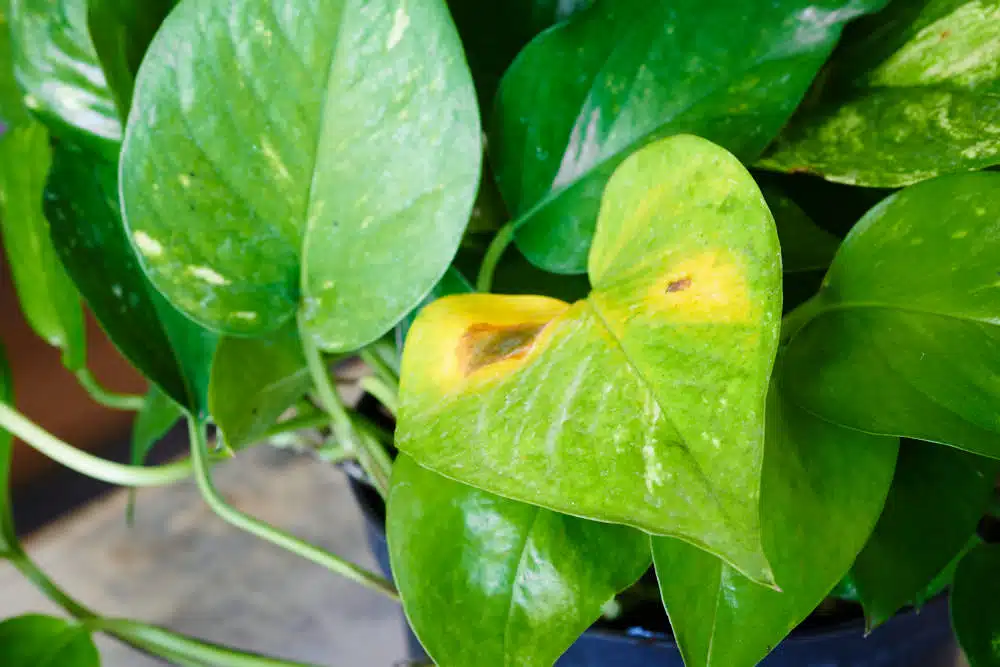
If your space has a very low light situation or the plant you have selected is not the right type for the low light environment, this can be the reason why the plant looks sad.
Air circulation is another very important element for the plant’s well-being.
If the plant is pushed against the wall, squeezed in the corner, or between furniture, if the indoor fan (AC/Heat) is off and all windows and doors are shut, the plant will suffocate. It is best to move the plant to a more spacious spot, rotate it regularly, and keep a fan running.
6. Exposure to wrong temperatures
If your plant is placed too close to any heat source, AC, or cold drafts, exposure to extreme temperatures will affect the plant. Optimal temperature varies somewhat among different houseplants. However, the most preferred range is between 69F and 80F.
Keep your plants clean by removing all affected leaves and keep the soil free of any debris.
We hope with the information above you can create a better environment for your green friends and understand them better!


